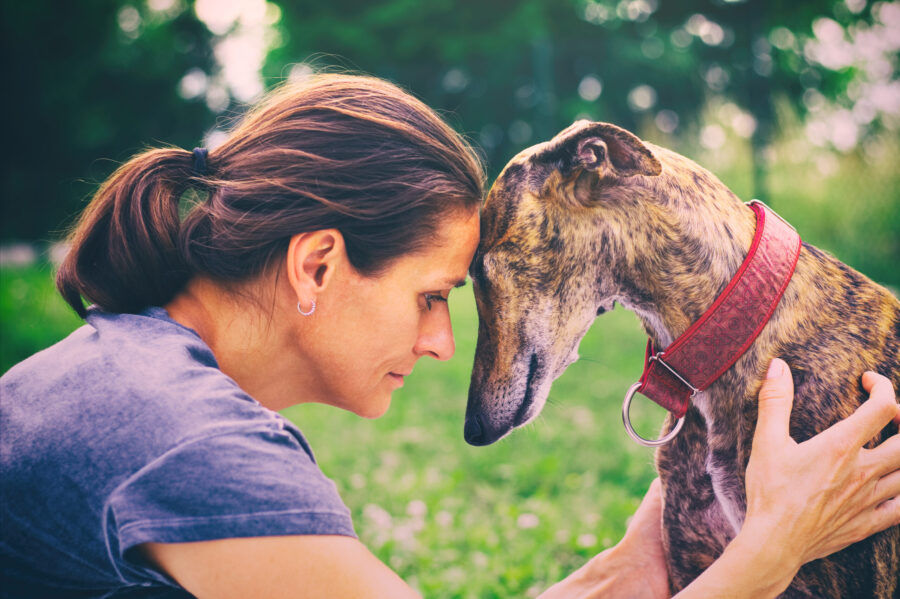A study talks about different perspectives.
Studies by researchers at North Carolina State University have identified a shift in the beliefs held by veterinary students regarding the pain sensitivity and trustworthiness of various dog breeds as they progress through their coursework. These evolving attitudes tend to align more closely with the views of experienced clinicians and faculty members. This research sheds light on how the culture and attitudes within the veterinary profession are being imparted to future veterinarians, especially in situations where these attitudes may not accurately reflect the reality.
Comparing Beliefs About Pain Sensitivity and Trustworthiness in Dogs
Margaret Gruen, an associate professor of behavioral medicine at NC State, who served as the corresponding author for the study, noted that a prior study revealed that while different dog breeds exhibit varying sensitivity to pain, these differences did not necessarily match the beliefs held by veterinarians regarding which breeds were more sensitive. As a result, the researchers aimed to investigate when these attitudes take shape in students and what implications this might carry.
The research team, led by Rachel Caddiell, a postdoctoral researcher at NC State, designed a cross-sectional survey to gain insights into the attitudes of different groups regarding pain sensitivity and trustworthiness in dogs. They surveyed various segments, including the general public, pre-veterinary undergraduates, veterinary students at different stages of their education, veterinary faculty, and practicing veterinarians.
The survey involved participants rating the pain sensitivity of 10 dog breeds: Siberian husky, Labrador retriever, border collie, Boston terrier, German shepherd, golden retriever, Jack Russell terrier, Maltese, Pitbull-type dog, and Chihuahua. These breeds were selected because veterinarians and the general public tend to assess their pain sensitivity differently. Unlike the previous study that focused on pain sensitivity, the new study also inquired about participants’ trust in these same breeds in various situations.
The Studys Findings
In summary, the research findings indicate that, as veterinary students progress from undergraduate studies through their professional education, their attitudes regarding these aspects become more congruent with the views held by professors and practicing veterinarians.
When considering warmth and trustworthiness, the general public exhibits a significantly higher level of trust in Chihuahuas when it comes to their interactions with children, in contrast to veterinary faculty and staff who are more cautious. Similarly, the general public is more inclined to adopt Siberian huskies or Maltese dogs compared to veterinary faculty and staff.
The study highlights, in the general public, the warmer their feelings towards a breed, the more they tend to rate the dog as sensitive to pain. However, this perspective shifts as individuals progress through the educational process, with warmth becoming associated with lower pain sensitivity ratings. For example, the general public may consider golden retrievers as highly sensitive, while veterinary students, faculty, and staff tend to rate them as less sensitive, often due to their observed behavior in clinical settings.
Interestingly, undergraduates with clinical experience fall somewhere between the perspectives of the general public and clinicians. For instance, undergraduates with clinical exposure tend to rate Chihuahuas, Siberian huskies, and German shepherds as more pain-sensitive, aligning more closely with the beliefs of veterinarians. On the other hand, veterinary students in their third and fourth years of education tend to lean towards the far end of the scale, often rating breeds as even more sensitive to pain compared to faculty and experienced clinicians.







